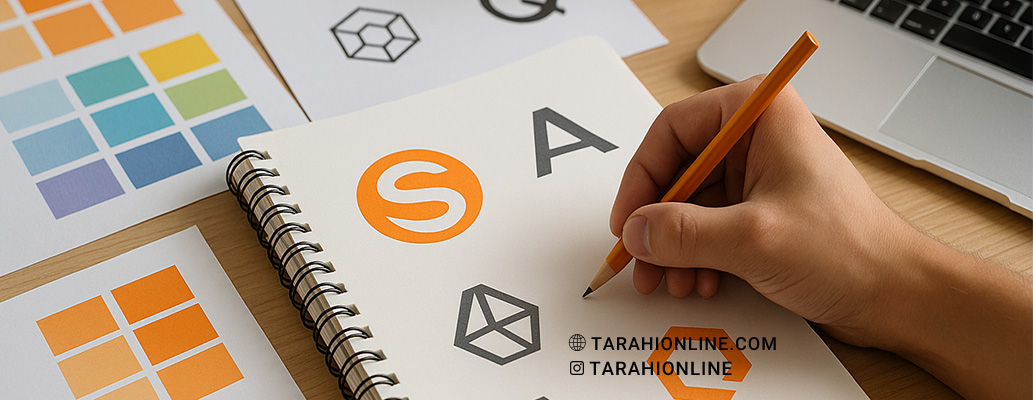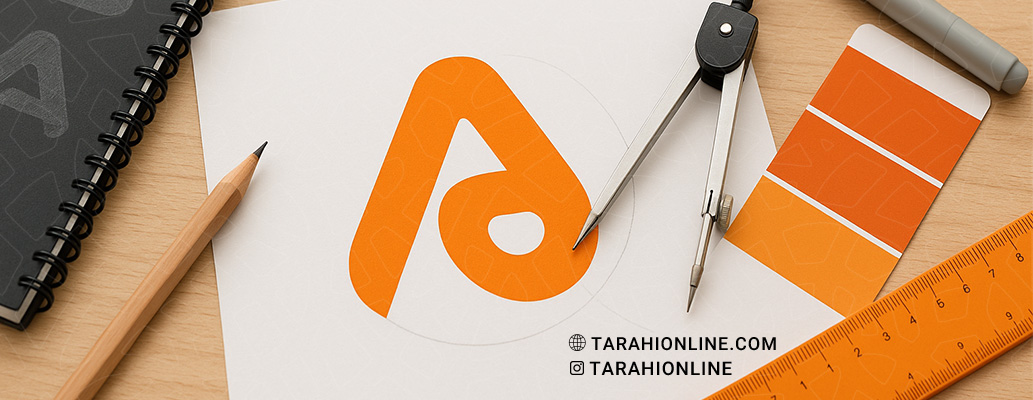
Logo design, as a critical component of a brand’s visual identity, is constantly shaped by emerging trends, cultural shifts, and technological advancements. Professional designers leverage these trends to create logos that are not only visually appealing and modern but also aligned with the needs of the brand and its audience. This article explores the key trends that professional designers employ in logo design and illustrates how these trends contribute to crafting effective and enduring logos.
1. Minimalism and Simplicity
Minimalism remains one of the most dominant trends in logo design. Professional designers use clean lines, simple shapes, and limited color palettes to create logos that are clear, easy to remember, and versatile across various media. This approach helps brands convey their message quickly in today’s crowded visual landscape.
For example, Mastercard’s logo redesign, which removed text to focus on two simple circles, exemplifies modern minimalism that performs well across all scales and platforms.
2. Bold Typography
Typography has become a powerful tool for conveying a brand’s personality in logo design. Professional designers often opt for bold, custom sans-serif fonts to create logos that are both legible and distinctive. Geometric and modern fonts are particularly popular in wordmark logos.
For instance, Google’s logo, with its simple and geometric typeface, showcases effective typography that feels modern and approachable.
3. Responsive Logo Design
With the growing importance of digital media, professional designers create responsive logos that perform well across platforms, including smartphones, websites, and social media. These logos often include simplified versions (such as monochrome icons or compact designs) tailored for constrained spaces like app icons.
Disney’s logo, with variations for digital and print media, is a prime example of responsive design that adapts to different contexts.

4. Use of Dynamic Gradients
Gradients, or smooth color transitions, have made a comeback as a popular trend, but with a more refined approach. Professional designers use subtle, harmonious gradients to add depth and visual appeal to logos without sacrificing simplicity. This technique is especially prevalent in tech and digital brands.
Instagram’s colorful gradient logo is a standout example, conveying dynamism and creativity.
5. Inspiration from Geometric Shapes
Geometric shapes like circles, triangles, and straight lines are favored for their simplicity and visual balance. Professional designers use these shapes to create logos that appear modern and remain legible across media.
Audi’s logo, with its four interconnected circles, is a classic example of using geometric shapes to convey precision and quality.
6. Emphasis on Authenticity and Storytelling
Professional designers are increasingly creating logos that visually tell a brand’s story. This involves incorporating symbols or elements tied to the brand’s history, values, or mission. Logos that reflect authenticity foster stronger emotional connections with audiences.
For example, Starbucks’ logo, featuring the Siren, references the brand’s maritime heritage while evoking intrigue and allure.
7. Sustainable and Eco-Friendly Designs
With growing awareness of environmental issues, some professional designers create logos that reflect sustainability and social responsibility. This includes using natural color palettes (like greens and browns) or symbols associated with nature.
Brands like Patagonia use logos with natural elements to highlight their commitment to environmental causes.
8. Animated and Dynamic Logos
In the digital age, animated or dynamic logos have emerged as a trending approach. Professional designers craft logos that can be animated for use in websites, videos, or digital ads while ensuring they remain effective in static formats.
Google’s animated logo variations, used in certain ads or web pages, exemplify this trend by capturing audience attention.
9. Use of Negative Space
Negative space is a clever technique that professional designers use to create intelligent, multi-layered logos. By utilizing empty space to form hidden images or messages, designers add depth and intrigue to their work.
The FedEx logo, with its hidden arrow between the “E” and “x,” is a timeless example that conveys speed and precision through negative space.
10. Customization and Flexibility
Professional designers create logos that can be customized for specific campaigns or events while maintaining the core brand identity. This includes developing variations of the logo (such as color changes or temporary elements) for special occasions.
Google’s temporary Google Doodles for holidays or events are a prime example of flexible logo design.
Practical Tips for Following Logo Design Trends
To effectively incorporate these trends, designers can consider the following tips:
-
Research the Brand: A deep understanding of the brand’s values and audience is essential for creating a relevant logo.
-
Test Across Media: Ensure the logo performs well in print, digital, and various scales.
-
Balance Trends with Authenticity: Use trends in a way that preserves the brand’s unique identity.
-
Update with Caution: When redesigning a logo, make subtle changes to maintain brand recognition.
-
Use Modern Tools: Software like Adobe Illustrator or Figma is recommended for precise, professional designs.
Professional designers leverage trends like minimalism, bold typography, responsive design, dynamic gradients, geometric shapes, storytelling, sustainability, animation, negative space, and flexibility to create logos that are both captivating and contemporary. These trends help brands stand out in competitive markets and build a powerful, lasting visual identity. By staying informed about these trends and blending them with creativity and authenticity, designers can craft logos that remain impactful and timeless in today’s ever-evolving world.
The Tarahi Online graphic and logo design team, with over ten years of experience in professional graphic and logo design, is ready to assist you and bring your ideas to life. Contact us to submit your request or place an order.
